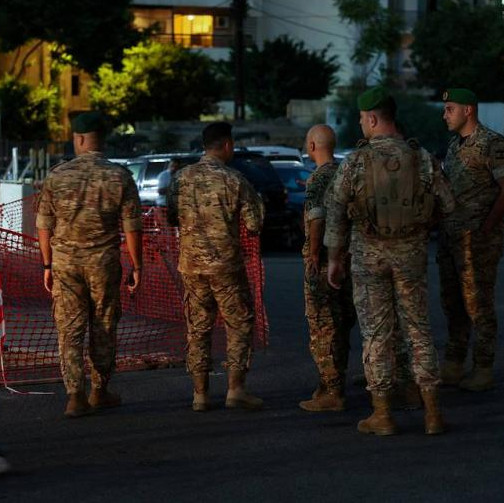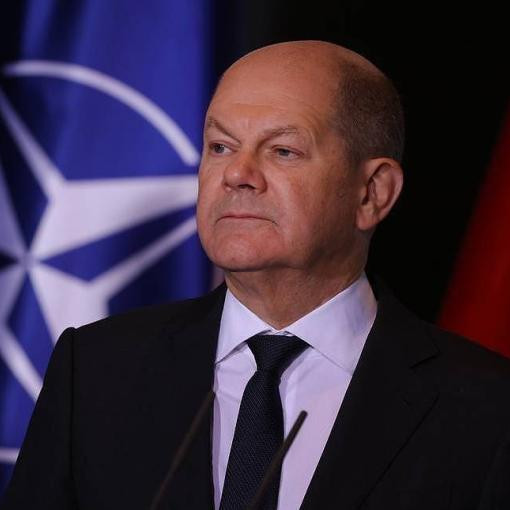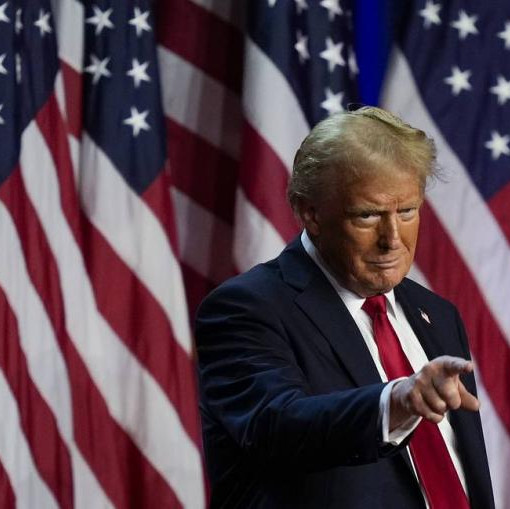On July 7, 2008, South Korean newspaper The Dong-a Ilbo published an article titled Russia to Cede Two Islands to China in September. The article told about the history of the Amur border dispute. As quoted to the newspaper, the Chinese Government requested to postpone the official ceremony of cession to mid September due to the Olympics in August.
In this connection the newspaper reads that “the public interest to cession of the native Korean land captured by Russia – an island of Noktundo has revived”.
"400 years ago a 8-km long island of Noktundo was a territory of the Choson State, however under the Beijing Treaty concluded between Russia and China in 1860 it was transferred to Russia”, the article reads.
“The Korea ruler knew about it too late, in 1889 Korea voiced protest to China demanding to return the island but in vain. The problem of Noktundo was raised again in November 1984 at the Soviet-North Korean talks on the state border but nothing has changed. In 1990 the Republic of Korea laid a claim to Russia to return the island by the claim failed again".
Of course,, we in Sakhalin and Kuril Islands know better other forms of violation of foreign territorial supremacy - the map-making aggression of Japan, “brain wash” of Kuril residents at so-called “dialogue-meetings” during visa-free travels of Japanese people, ritual speeches of Japanese leaders about alleged need to conclude a peace treaty between Russia and Japan, the main idea of which is legal cession of the Kuril Islands to Japan.
Meanwhile, all parties of border disputes in the Asia-Pacific Region very attentively watch how these disputes are settled by other parties of conflicts in order to use the precedents in their own interests. Therefore the situation in the Russian-Chinese and Russian-Korean borders which are allegedly rather far from Sakhalin has its impact on the general border situation in the Far East.
The remark in the article: “ the native Korean land captured by Russia – an island of Noktundo” means nothing but an attempt to historically and ideologically justify the territorial claim to Russia.
Any reference to “native land” is rather inconsistent because it is in conflict with the fact of people migrations across the territory of the entire globe. Simply stated, it is possible to say with respect to any territory that in the past it was inhibited not by these but by other people. The term “native’ relates to a particular period of history. For practical application, for every-day life it is most important to establish and maintain a status quo, i.e. the present existing state of affairs (borders), which is a factor of stability in the international relations.
The Soviet-Korean State Border Treaty concluded between the USSR and North Korea in Pyongyang on September 3, 1990, ratified by the USSR Supreme Soviet on July 2, 1991 and came in force on November 27, 1991 specifies that the state border between the USSR and Democratic People’s Republic of Korea in accordance with the treaty concluded by the aforesaid partied on April 17, 1995 starts from the junction point of the state borders of the USSR, North Korea and China located in the midstream of the Tumannaya (Tuman) River and runs along the body of the river to the point in the mouth of this river with such-and-such geographical coordinates.
According to Clause 2 of this Treaty a number and state affiliation of islands in the Tumannaya River within the state border section have been determined by the demarcation protocol – one island belongs to the USSR and 16 islands belong to North Korea.
In case of a natural change of the body of the Tumannaya River the line of the state border shall remain unchanged until the parties agree upon otherwise (Cl. 3). It is stipulated that the economic activity of one side shall not affect the environment of the other side (Cl.24). Moreover, the parties agreed that the position and direction of the border body of the Tumannaya River should be preserved unchanged as far as possible. In this connection neither of the parties of the treaty was allowed to change the natural flow in the body and overflow land flooded at the high water by erecting the hydraulic and other structures affecting the hydraulics of the water flow in prejudice of the other party. Dams and other structures built on the border waters may be maintained and operated but for those , which have a negative impact on the water relationships and which should be removed as agreed upon by the parties. New bridges, dams and other hydraulic structures may be constructed and operated in each particular case under a mutual agreement of the parties (Cl.26).
The maps of this border section are published very seldom , while those attached to the treaty seem were never published. The available map shows only 14 of 16 islands mentioned in the Treaty. Besides, all of them have no names. But since in the past only one island was transferred to the USSR it seems that it is the extreme north one of the island chain situated just at the Russian bank. It is a narrow and long island. It looks like this island is mentioned in the article as an island of Noktundo.
At the high water that may last for a month the water level in the Tumannaya River rises by 5-7 meters. The low bank consolidation with a dam performed by the Korean party has resulted in caving the Russian bank and shrinking the Russian territory due to the change of the body.
In 2000, in the period of the high water the most significant wearing away of the Russian bank took place near the Peschannaya frontier station of the Khasansky Border Guard Detachment. A displacement of the river was 60-70 meters. It has resulted in washing away of a border watch tower at the Peschannaya frontier station, five frontier markers, sports ground and frontier station fence. A distance between the brink and frontier station building footing has decreased down to 26 meters.
During 50 years of observations starting from 1950, an average annual rate of river displacement near the Peschannaya frontier station is 6.25 m, while a maximum annual rate – 250 m. Further wearing away will result in frontier station collapse, formation of a new body of the river and flowing of the Tumannaya River in a new channel. In this case Russia may lose 36.7 sq.km.
There are many advocates of Korea unification in Russia. But, in case of the unification such “practice” of the Northern Koreans conducting the engineering amelioration (let me remind that “melioration” in the Latin means “improvement”), i.e. radical reclamation of their lands at the expense of the neighbor’s land, may be easily enriched with a theory “of the historical native” origin of the present Russian lands. It is not clear what will be an attitude of unified Korea to the treaties concluded by the USSR and North Korea. Soon (in August) we will observe the anniversary of Korea liberation by the Soviet Army from Japanese occupants. In September 2008, North Korea will celebrate its 60th anniversary. On the eve of these dates it becomes clear that the historical memory and historical gratitude are not eternal values and vanish together with the generations, who lived under the Japanese occupation. Moreover, unfortunately these spiritual notions are quite manipulatable. The reliance on the territorial integrity of Russia, on the development of its economy, on its spiritual consolidation, and on two eternal friends of Russia – the Army and Navy, is more important that the vanishing hope for the historical gratitude.
Therefore, its seems that our national interest is not just welcome the unification in the Korean Peninsular but do our utmost to prevent any harm to the territorial integrity of Russia from this unification while the need to protect our territorial integrity looks especially urgent in our border region.









